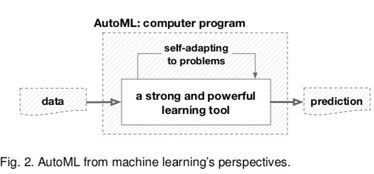Understanding the Basics of Taking a Survey

Have you ever wondered how surveys are conducted and what they entail? Taking a survey is a common method used to gather information from a large group of people. Whether it’s for market research, academic studies, or simply to understand public opinion, surveys play a crucial role in providing valuable insights. In this article, we will delve into the various aspects of taking a survey, ensuring you have a comprehensive understanding of the process.
Types of Surveys

There are several types of surveys, each designed to cater to different research needs. Let’s explore some of the most common ones:
| Type of Survey | Description |
|---|---|
| Online Survey | Conducted over the internet, allowing participants to complete the survey at their convenience. It is cost-effective and can reach a wide audience. |
| Mail Survey | Surveys sent through postal mail, often used when online access is limited. It can be more time-consuming but ensures a higher response rate. |
| Phone Survey | Conducted over the phone, allowing for real-time interaction with participants. It can be more expensive but provides immediate feedback. |
| Face-to-Face Survey | Conducted in person, allowing for direct interaction with participants. It can be time-consuming but provides richer qualitative data. |
Designing a Survey

Designing a survey requires careful planning and consideration of various factors. Here are some key aspects to keep in mind:
-
Define the research objectives: Clearly outline what you aim to achieve through the survey.
-
Identify the target population: Determine who you want to survey and how to reach them.
-
Develop the questionnaire: Create a set of questions that are clear, concise, and unbiased.
-
Choose the right survey method: Select the most appropriate method based on your research objectives and target population.
-
Test the survey: Pre-test the survey with a small group of participants to identify any potential issues.
Creating the Questionnaire
The questionnaire is the heart of any survey. Here are some tips for creating an effective questionnaire:
-
Start with an introduction: Explain the purpose of the survey and how the data will be used.
-
Use a mix of question types: Include open-ended questions for qualitative data and closed-ended questions for quantitative data.
-
Keep questions unbiased: Avoid leading or loaded questions that may influence participants’ responses.
-
Ensure clarity: Use simple language and avoid technical jargon.
-
Test the questionnaire: Pre-test the questionnaire to ensure it is easy to understand and complete.
Recruiting Participants
Recruiting participants is a crucial step in taking a survey. Here are some strategies to consider:
-
Use existing networks: Reach out to friends, family, and colleagues for potential participants.
-
Utilize social media: Share the survey on platforms like Facebook, Twitter, and LinkedIn.
-
Collaborate with organizations: Partner with relevant organizations to distribute the survey.
-
Offer incentives: Provide participants with incentives such as gift cards or discounts.
Analyzing the Data
Once the survey responses are collected, it’s time to analyze the data. Here are some common methods:
-
Descriptive statistics: Summarize the data using measures such as mean, median, and mode.
-
Inferential statistics: Draw conclusions about the population based on the sample data.
-
Qualitative analysis: Analyze open-ended responses to gain insights into participants’ opinions and experiences.



